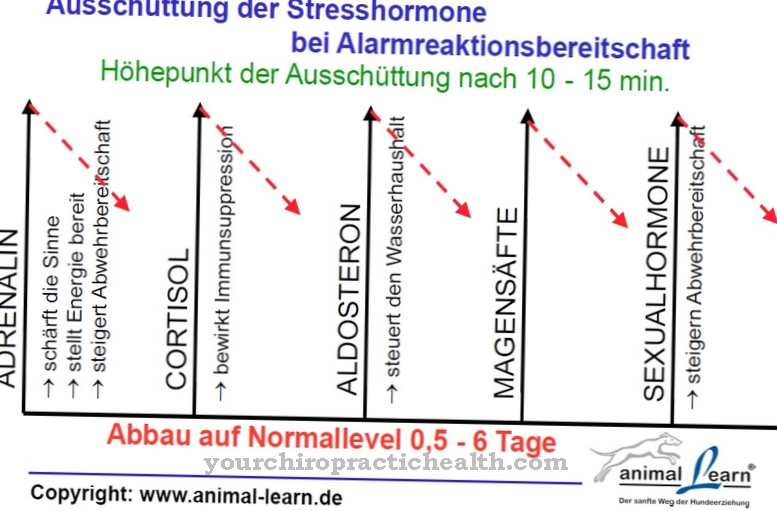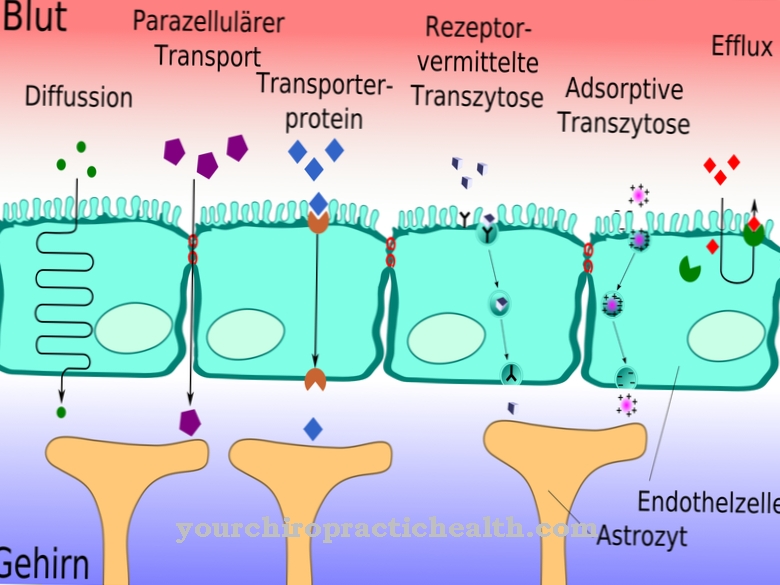The term immunity comes from Latin and means "freedom from illness". From a medical point of view, this means that an organism such as humans, for example, is immune to external attacks by pathogens. Even simple organisms have so-called immune defenses. This is similar to the protective mechanisms that plants also have. Vertebrates, which also include humans, have far more complex immune defenses than plants and simple organisms.
What is the immunity?

Immunity takes different forms in people. Genetically determined immunity protects those affected from certain viruses for life. It is most likely caused by a mutation in the genetic make-up. For example, around 0.5% of all people have a natural immunity to the HI virus and there is also an innate resistance to leprosy.
Acquired immunity, on the other hand, arises after a single infection with a pathogen. A classic case is chickenpox, which is considered a childhood disease, but can also occur in adults. In most cases, the disease only occurs once in a lifetime as people become immune to the virus after the disease breaks out. Only in exceptional cases, i.e. with severe damage to the body's own defenses, do sufferers contract chickenpox several times.
The acquired immunity to an antigen can also lead to cross-immunity. In this case, the body develops resistance to a related antigen.
Newborns have an innate, but only temporary, immunity. In their first months of life, so-called nest protection protects them from some diseases to which their mother is immune. The natural protection acquired through the baby's bloodstream, however, wears off after a while and disappears completely after about nine months. After a loss of natural immunity, vaccinations offer protection against pathogens. A vaccination creates a natural immunity that has to be refreshed after a few years.
Function & task
Immunity from external attacks has ensured human life since the beginning of history. Without immunity and disease resistance, people would fall prey to seemingly harmless diseases, such as colds, for example. Only through immunity is it possible for humans to ingest food and drink water.
Every day-to-day activity puts a strain on the immune system and natural processes such as breathing or touching everyday objects, plants and animals require a certain degree of immunity to harmful substances. Without this vital defense, pathogens and microorganisms can penetrate the human body and cause tissue damage. In addition, the immune system protects people from the body's own attacks, which can be triggered, for example, by defective or dead cells.
Human immunity is a complex protective mechanism that is granted through the interaction of various barriers. The greatest external barrier in humans is the skin, which prevents harmful substances from entering. Other external barriers that support immunity are the mucous membranes, airways, eyes, oral cavity, and urinary tract.
The intestines are often said to have a special function in the body's defenses. At the cellular level, the granulocytes found in the bloodstream and the macrophages, known as giant cells, guarantee natural protection from intruders and also promote the breakdown of toxic substances. Other active substances in the body's defenses include natural killer cells, dendritic cells, T helper cells and antibodies. Without the interaction of these mechanical barriers, cells and messenger substances, even everyday illnesses and infections become a fatal risk.
You can find your medication here
➔ Medicines to strengthen the defense and immune systemIllnesses & ailments
Diseases and disorders of the immune system, like immunity, can be either innate or acquired. Congenital disorders of the immune system are very rare and in many cases are fatal even in infancy and toddlerhood. The therapy turns out to be difficult because only the treatment with stem cells from another person is considered to be promising. Another way to protect the sick is to try to keep them away from sources of infection.
The HIV virus is an acquired immune disorder that has killed millions of people. In all likelihood, the virus originally came from African chimpanzees and was first transmitted to humans in the first half of the 20th century. It eventually turned into a pandemic in the 1980s.
The most common transmission occurs during blood transfusions, punctures with infected needles, and unprotected anal and vaginal intercourse. The virus is transmitted through the body fluids of blood, semen, breast milk and vaginal secretions and enters the bloodstream of those affected via open wounds or mucous membranes. After the infection, the affected people suffer from flu-like symptoms. The actual disease often goes undetected for several years before the deadly AIDS disease breaks out.
Another type of immune disease are autoimmune diseases, which also include allergies. In the case of an autoimmune disease, the organism fights the body's own tissue, as this is viewed as a foreign body. The exact origin of autoimmune diseases has not been conclusively clarified. However, a combination of an innate and an acquired defect in the immune system is assumed.
For example, a well-known autoimmune disease is inflammatory bowel disease, Crohn's disease, which occurs most frequently between the ages of 15 and 35 years. Sweden currently has the highest incidence rate. The metabolic disease type 1 diabetes mellitus is also counted among the autoimmune diseases. Other diseases are chronic gastritis, the thyroid disease Hashimoto's thyroiditis, narcolepsy, also known as sleeping sickness, rheumatoid arthritis and the widespread gluten intolerance celiac disease.


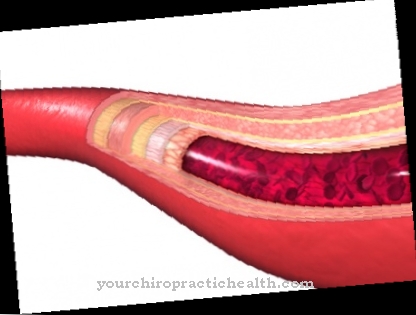



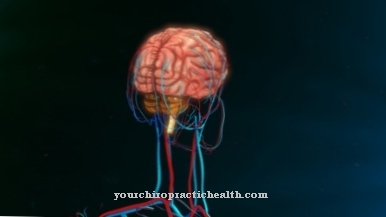


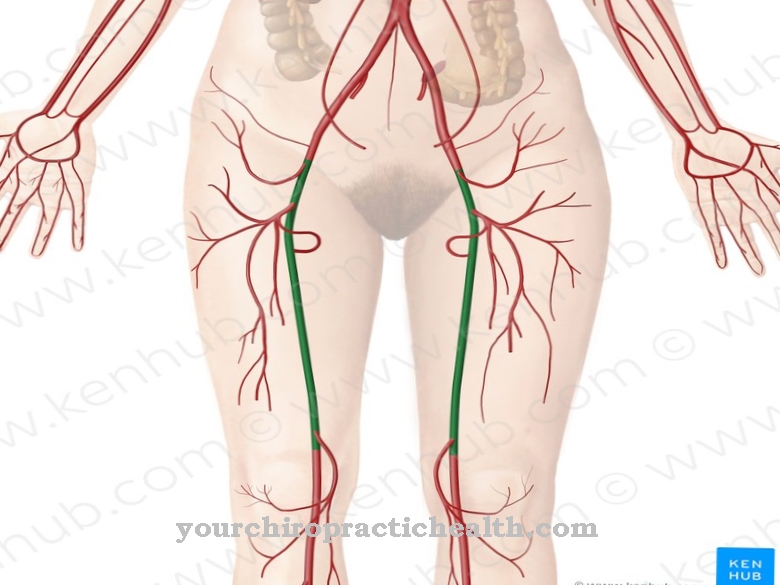


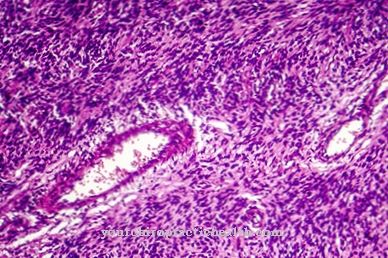
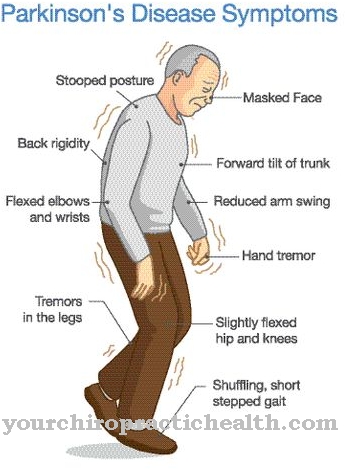
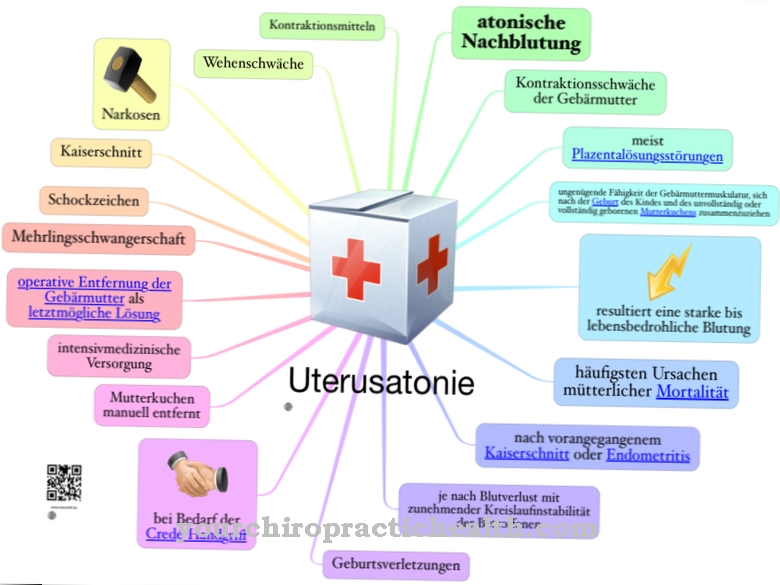

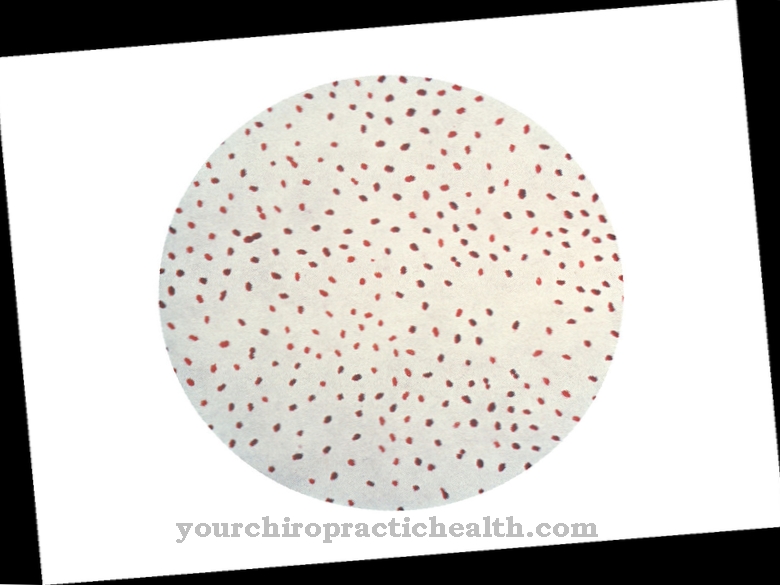






.jpg)
